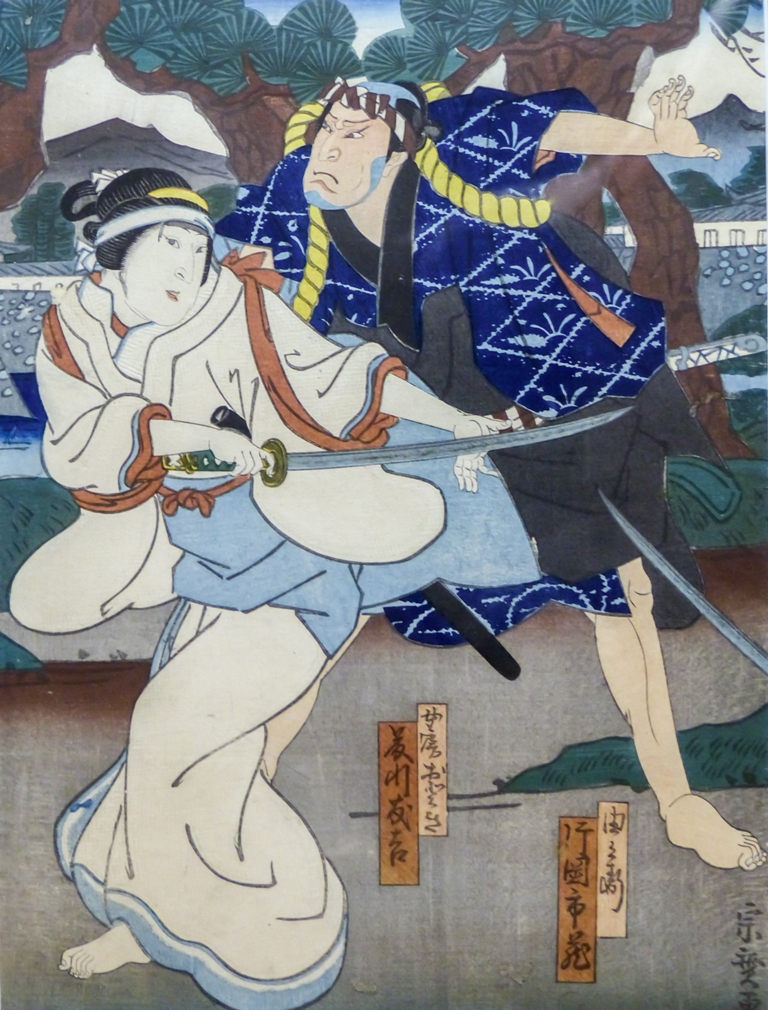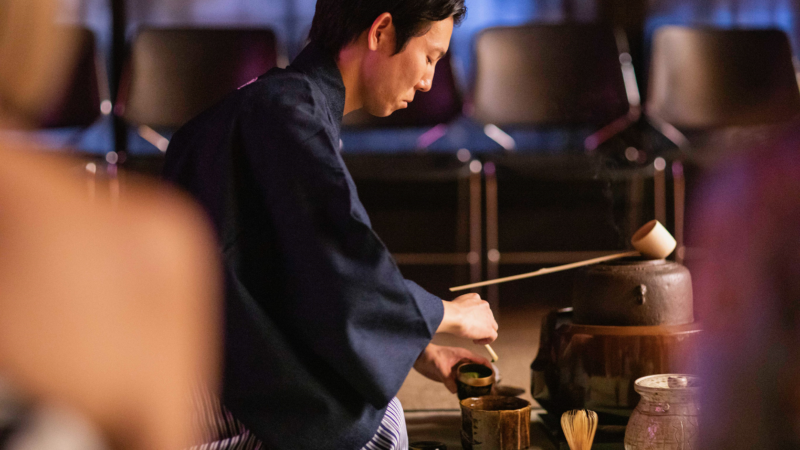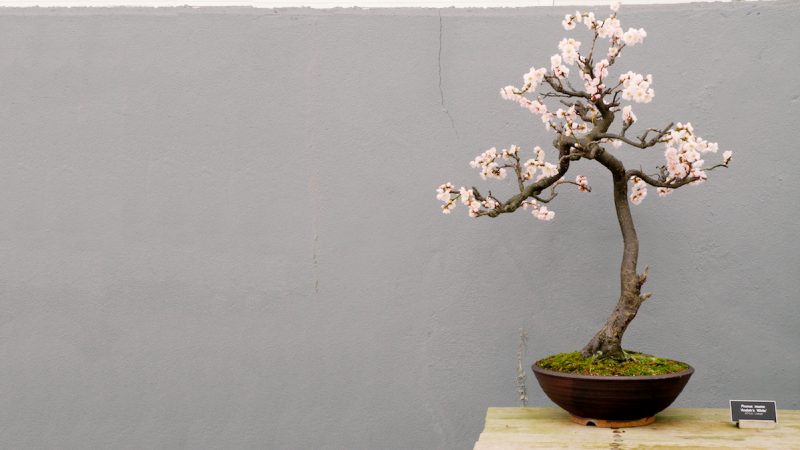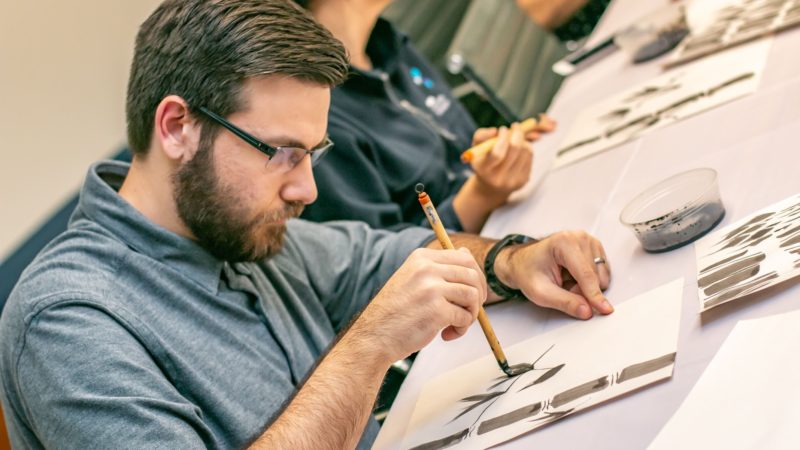Deborah Klens-Bigman, Ph.D. ◆ October 6, 2015

One of the unfortunate aspects of budo culture in the United States is the persistent assumption that studying martial arts should be a male-only endeavor. From time to time, when I perform demonstrations or teach a seminar, the question comes up: Are there restrictions on women training?
There are not. While in Japan men do tend to outnumber women in some of the types of budo I train in, the women are hardly invisible. While they may make up less than half, a group that is 40% women is not unusual. In fact, in certain genres, such as naginata-do, women practitioners outnumber men. Naginata has been practiced by women in Japan for about 400 years. Kyudo (traditional archery) was promoted as “healthful exercise” for women at the beginning at the 20th century, but that recommendation reflected more the newfound Western-oriented Victorian sensibility than a connection to Japan’s historical past. The result, however, is that many women today practice kyudo. Every January, television stations show video of lines of women, dressed in spectacular kimono, taking their “first shot” of the new year.
How do we know that women of the samurai class trained in budo? While “official” Japanese records are not very helpful (even where they exist), we can glean a lot of information from looking at kabuki theatre, an Edo period (1603-1868) genre that was, in many ways, the NY Daily News of its day. Many of the better-known kabuki plays are still performed, whether in whole or in part. Moreover, many woodblock prints of actors in famous roles were created and sold like fan magazines. Even though some plays have been lost to history, the prints contain valuable information as to the name of the play, what scene is depicted, and characters’ and actors’ names. Censors’ and publishers’ marks help date them. Most importantly for my purposes, research can uncover some of the true stories behind the plays.
Kabuki loved the spectacular and scandalous – gory murders, bloody vendettas, and, occasionally, allusions to more mundane historical events. Any salacious true story that would set tongues wagging was fodder for a kabuki play. Playwrights would variously (and thinly) disguise details, such as historical time periods or the names of the persons involved (for example, in one play, the name “Oishi” became “Oboshi” – hint, hint). Plays that too-obviously included story details would incur backlash from government censors and be shut down, but audiences loved them. Play openings could be like games of cat-and-mouse, with productions shutting down and reopening with some more details changed but essential, usually juicy elements intact, until an equilibrium of sorts was achieved between fact and fiction. Of course, the audiences already knew the sensational stories. They just wanted to see them come to life on the stage.
Some of the most famous plays featured fight scenes with women characters, and were based on true stories. Characters included a virtuous wife or mother defending her family’s honor or a maid avenging her mistress. In the case of fiction, a woman character could be transformed into a witch or demon fighting for either good or evil. In one play, “Mirror Mountain: A Women’s Treasury of Loyalty,” from 1782, an evil court lady embarrasses another by accusing her of a theft she did not commit. The shame of the accusation causes the woman to commit suicide. Her lowly maid, from a poor samurai family, plots revenge. In a spectacular fight scene, the maid, who trained in swordsmanship, takes her vengeance, killing the evil court lady, and restores her mistress’ honor. This play, based on a true story connected to the powerful Maeda clan, was very popular with women of the samurai class and is still performed, more or less in its entirety, today (Brandon and Leiter 2002, 174).
Kabuki actors who specialized in women’s roles, such as Yoshizawa Ayame (1673-1719) discussed in their writings the proper approach to stage combat. Ayame said that a woman character must show the audience she is still feminine while wielding her sword “more skillfully than a man can” (Dunn and Torigoe 1969, 52).
It has been my privilege from time to time to teach women in my classes. I am happy to teach more any time. There are no restrictions. Just a hell of a legacy to live up to.
Iaido class: https://resobox.com/iaido/
Jodo class: https://resobox.com/jo-do/
Works Cited:
Dunn, C.J. and Torigoe, B.
1969 The Actors Analects NY: Columbia Univ. Pr.
Brandon, J.R and Leiter, S.L, Eds.
2002 Kabuki Plays on Stage, Vol. 2 Honolulu: Univ. Of Hawaii Pr.




